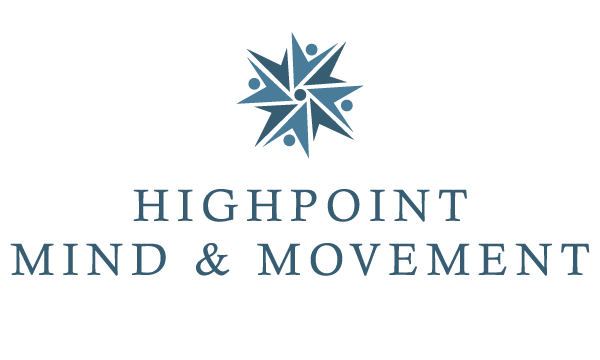The Three Dimensions of Movement & Learning
The Focus Dimension
The Focus Dimension relates to the prefrontal cortex and the brain stem, the Front-Back connection. The prefrontal cortex is involved with comprehension; conscious, intentional learning; impulse and motor control; and the rational behaviors necessary for social interaction. Conversely, the brain stem’s main purpose is to keep us safe and its automatic functions relate to survival (freeze/fight/flight) and getting our basic needs met.
This Dimension is associated with our ability to participate and engage in life through the expressive skills of language (speaking writing, signing), visual skills, spatial and sensory awareness, comprehension, understanding, and motivation. The midline between the front and back of the body, along the Coronal Plane, is known as the Participation Midline. When this flow of energy from front-to-back and back-to-front is compromised, it is difficult to reach out to explore the world. Learning, coping with new situations, or appreciating the adventures and challenges of life are inhibited and we tend to hold back and withdraw to safety.
When under stress and not working in a coordinated fashion, the Focus Dimension can also affect our ability to pay attention and comprehend. Children and adults may become sedentary and retreat from life, and as we age we may find it difficult to maintain our mental and emotional equilibrium in new, unfamiliar surroundings. Students may lose sight of the step-by-step details of the learning process and become frustrated and under-focused, and are often deemed slow, inattentive, language-delayed, or hyperactive. When we lose our big-picture perspective, the details may so overwhelm us that we become over-focused, trying too hard and working under increased tension.
The Solution
The Lengthening Activities of the Brain Gym® program are designed to balance the flow of energy in the Focus Dimension. By releasing tension in the long muscles of the body, these integrative movements support the development of large-motor and small-motor control, strengthen the visual and auditory systems, and allow us to orient ourselves in space. The Lengthening Activities re-engage the brain-body networks in the Front-Back connection and can give us an experience of inner physical spaciousness. This translates to more mental, emotional, and sensory awareness for reflection, feeling, and sensing. By releasing the tension front to back, we then experience a feeling of “participation-readiness” because we can easily cross the Participation Midline.
When the Participation Midline is open, children work in harmony with others, are motivated to learn new things, and respect personal boundaries. Adults who have experienced trauma, sustained stress, or unpredictability and fear become more relaxed, free of emotional triggers, and more adaptable to change. Seniors, or those who have suffered accident, illness, surgery, or stroke, enjoy improved posture, the ability to move more easily and comfortably, better balance, greater awareness of and engagement with their surroundings, and heightened mental clarity.

